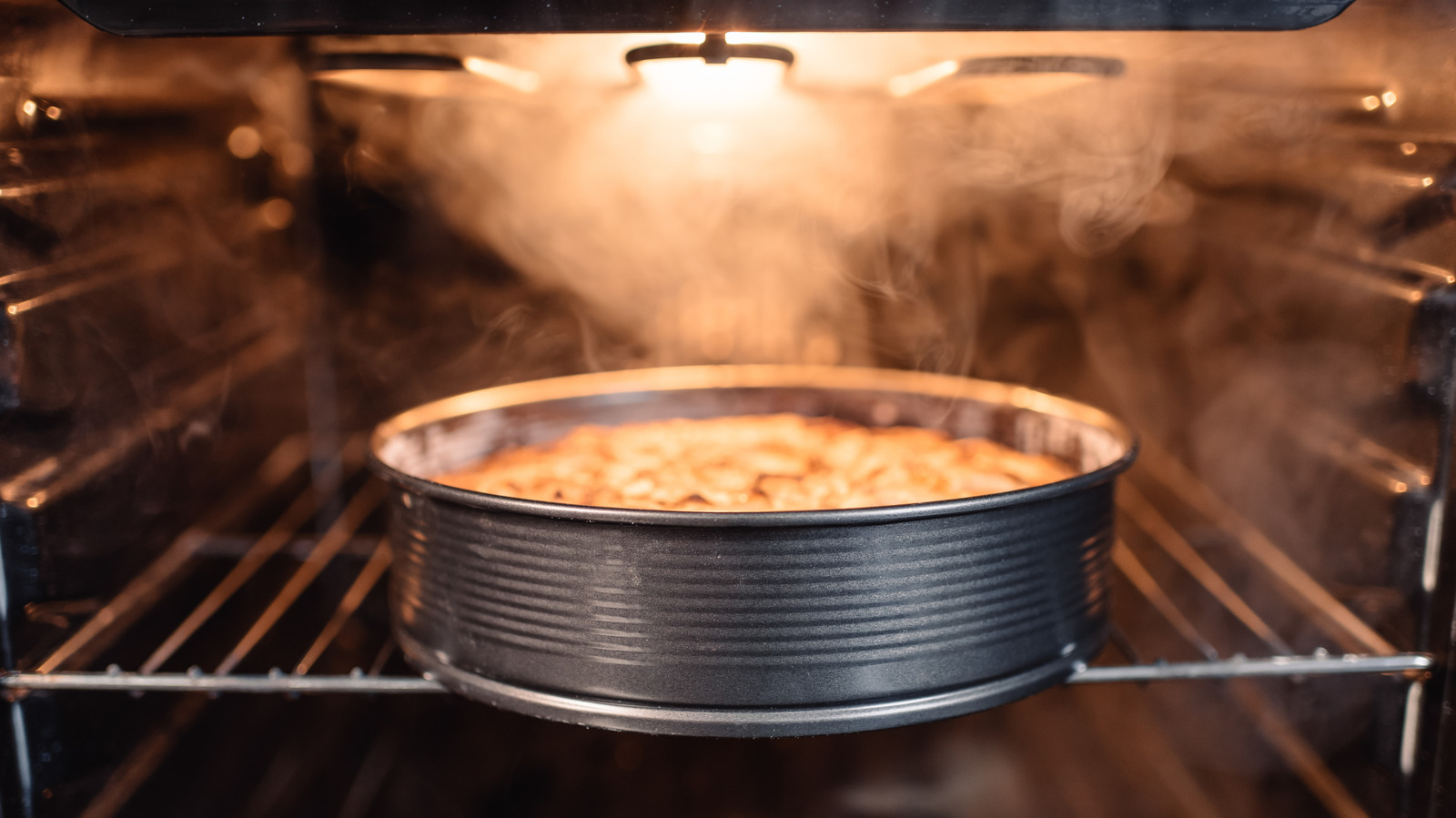
"Domestic steam ovens have been around since the 1980s, and they are growing in popularity thanks to the unique cooking methods they offer. As you may have guessed, these appliances work by circulating steam throughout the oven, cooking food with wet heat as opposed to the dry heat of a conventional oven. But, there are pros and cons to this cooking style."
"The advantages of using a steam oven rather than a conventional include decreased cooking times, fresher flavors, and slightly increased nutrient retention in foods. All of this comes down to the different style of heat. But, even with all of these advantages, it is important to note that this cooking style is wholly different from a conventional oven - meaning that you cannot simply swap over a treasured baking recipe and expect the same results."
"The big difference between a steam oven and a conventional oven is obviously the moisture. As air is heated in a conventional oven, its relative humidity drops precipitously, making it very, very dry. This dry air is not an efficient conductor of heat - unlike steam, which transfers heat very effectively - which is why baking is much less efficient than steaming. The trade-off, of course, is that steaming foods provides very different results than baking or roasting."
Domestic steam ovens have been available since the 1980s and operate by circulating steam to cook food with wet heat instead of the dry heat used by conventional ovens. Steam cooking generally shortens cooking times, preserves fresher flavors, and can slightly increase nutrient retention because steam transfers heat more efficiently than dry air. Steam ovens produce different textures and results than baking or roasting, so many conventional baking recipes will not translate directly. Combination steam-convection ovens offer flexibility but are expensive. Steam ovens suit certain home cooks well; buyers should evaluate cooking habits and needs before investing.
Read at Tasting Table
Unable to calculate read time
Collection
[
|
...
]